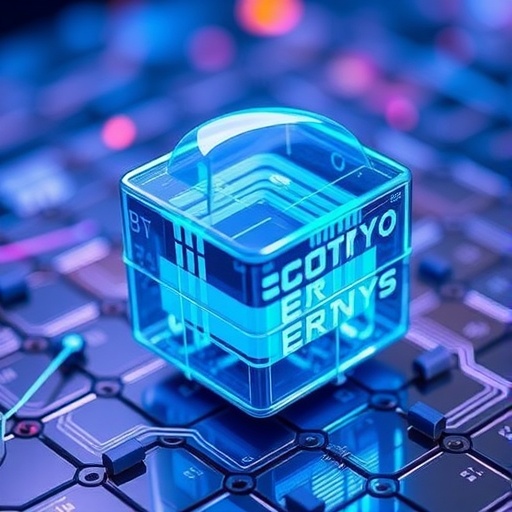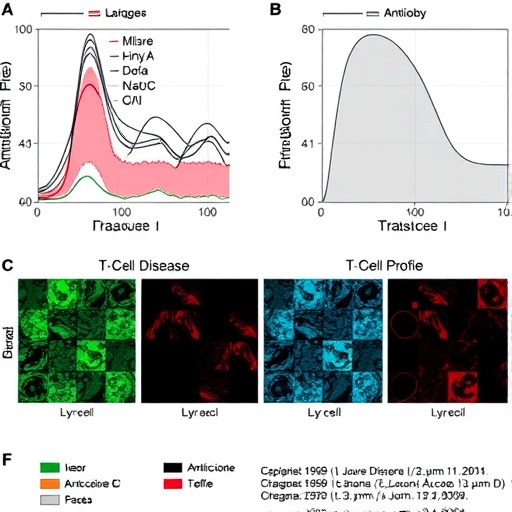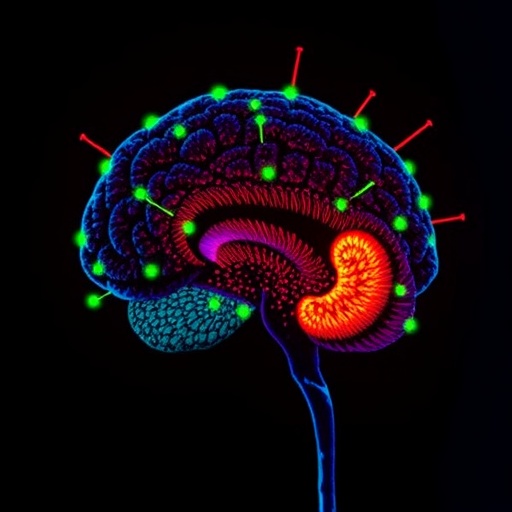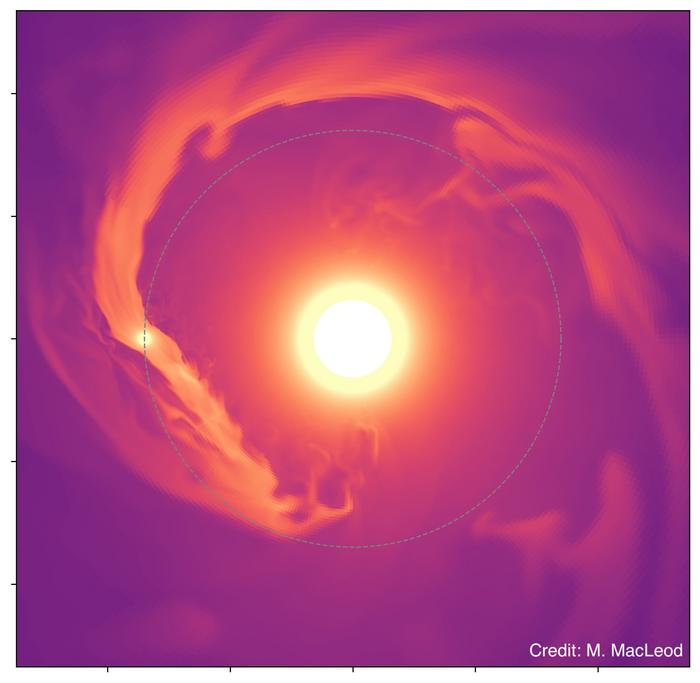In the relentless pursuit of next-generation energy storage, solid-state batteries (SSBs) have emerged as a transformative technology, holding the promise of dramatically improved energy densities, enhanced safety profiles, and prolonged operational lifespans. Yet, despite their tantalizing prospects, solid-state batteries confront formidable scientific and engineering challenges that hinder their widespread commercialization. Complex material interactions, unstable interfaces, and inherently sluggish ion transport phenomena have long posed obstacles to practical deployment. However, a groundbreaking paradigm shift is underway, fueled by the integration of artificial intelligence (AI) and machine learning (ML) into the development pipeline. Scientists from Soochow University and Nanjing University, under the leadership of Professors Sheng Wang and Linwei Yu, have charted a comprehensive review illuminating how AI-based methodologies are catalyzing rapid advancements across every stage of solid-state battery innovation — from atomic-scale material design to end-user application.
The domain of anode materials has similarly benefited from sophisticated AI-guided explorations. Genetic algorithms synergized with neural network potentials have mapped the amorphous Li–Si phase space, revealing intricate design rules that govern high-rate silicon anode performance. This fusion of evolutionary computation and deep learning circumvents the limitations of classical simulations, capturing complex atomic arrangements and energetics that dictate anode stability and kinetics. Concurrently, electrolyte innovation has seen remarkable strides, where unsupervised learning algorithms have pinpointed 16 novel fast lithium-ion conductors. Bayesian optimization techniques have further refined polymer electrolyte formulations, achieving conductivities near 8.7×10⁻⁴ S/cm, a critical threshold for solid-state ionic transport.
.adsslot_DhPoLtYe6T{ width:728px !important; height:90px !important; }
@media (max-width:1199px) { .adsslot_DhPoLtYe6T{ width:468px !important; height:60px !important; } }
@media (max-width:767px) { .adsslot_DhPoLtYe6T{ width:320px !important; height:50px !important; } }
ADVERTISEMENT
Beyond material discovery, AI’s prowess extends deeply into battery management systems (BMS), where accurate state estimation under dynamic operational conditions is paramount for reliability and safety. Hybrid architectures combining convolutional neural networks (CNN) with long short-term memory (LSTM) networks have delivered state-of-charge (SOC) predictions boasting sub-1% error margins even under fluctuating load scenarios. Additionally, attention-augmented networks have revolutionized state-of-health (SOH) estimation, enabling precise capacity fade tracking with root mean square errors as low as 0.4%, surpassing traditional physicochemical models. Critical for warranty assessments and second-life utilization, graph convolutional networks have proven adept at forecasting remaining useful life (RUL) with about 3.5% RMSE, facilitating proactive maintenance strategies and lifecycle extension.
Delving into the fundamental physicochemical realms, AI techniques shed light on the elusive mechanics of ion transport within solid electrolytes and interfaces. Particularly insightful are machine learning models linking oxygen vacancy concentrations in lithium zirconate frameworks to a tenfold increase in lithium-ion diffusivity. Such defect engineering insights inform deliberate compositional tuning to boost ionic conduction pathways. Moreover, AI-driven dopant screening identifies elements like Sc³⁺ and Ca²⁺ as potent stabilizers for Li/garnet interfaces, effectively suppressing dendrite nucleation and enabling over 500 stable charge-discharge cycles. This interface engineering is critical to overcoming one of the longstanding bottlenecks in solid-state battery durability.
Looking forward, the review highlights ambitious future directions where AI’s capabilities are expected to grow exponentially. Generative adversarial networks (GANs) promise to invent novel electrolytes that defy traditional constraints, balancing conductivity, chemical stability, and mechanical flexibility in unprecedented combinations. Reinforcement learning frameworks will orchestrate multi-objective optimizations that harmonize energy density with economic and environmental sustainability factors. Explainable AI, through physics-informed models, will bridge the gap between opaque algorithmic decisions and actionable scientific understanding, fostering trust and accelerating industrial adoption. Concurrently, digital twin technologies will mirror battery behavior in real time at cell and pack levels, revolutionizing predictive maintenance and operational efficiency.
This comprehensive integration of AI methods into solid-state battery research epitomizes a new era where computational intelligence drives innovation far beyond conventional heuristics. By accelerating material discovery, enhancing predictive management, and unraveling ion transport complexities, AI emerges not just as a tool but as an indispensable collaborator in energy storage transformation. The profound insights compiled by the teams at Soochow and Nanjing Universities foreshadow a leap from laboratory curiosities to commercially competitive and ubiquitous solid-state batteries, critical for scalable renewable energy systems and electric mobility.
As this AI-empowered trajectory gains momentum, it portends a future where energy storage technologies possess the agility, resilience, and performance demanded by a decarbonizing global economy. Researchers and industry stakeholders must embrace these cutting-edge computational techniques, fostering interdisciplinary collaborations that harness both data-driven intelligence and fundamental electrochemistry. The confluence of machine learning and materials science stands poised to redefine technological boundaries and usher in monumental strides toward a sustainable energy future.
In essence, artificial intelligence transforms the development lifecycle of solid-state batteries from protracted empirical odysseys into streamlined, predictive, and intelligent processes. By enabling accelerated discovery of cathodes, anodes, and electrolytes, refining battery management precision, and unraveling transport mechanisms at interfaces, AI ensures these next-gen storage systems move swiftly from conceptual blueprints to robust real-world applications. The synthesis of AI with solid-state chemistry signals a paradigm shift that will indelibly shape the landscape of energy storage innovation in the coming decades.
Subject of Research: Artificial intelligence applications in solid-state battery material screening and performance evaluation
Article Title: Artificial Intelligence Empowers Solid-State Batteries for Material Screening and Performance Evaluation
News Publication Date: 6-Jun-2025
Web References: http://dx.doi.org/10.1007/s40820-025-01797-y
Image Credits: Sheng Wang, Jincheng Liu, Xiaopan Song, Huajian Xu, Yang Gu, Junyu Fan, Bin Sun, Linwei Yu
Keywords: Artificial intelligence
Tags: advancements in battery materials screeningAI-driven innovations in energy storage solutionsartificial intelligence in energy storagechallenges in solid-state batteries commercializationcrystal graph convolutional networks applicationenhanced energy density in batteriesin silico material screening techniquesmachine learning for material discoveryoperational lifespan of energy storage systemsresearch advancements in battery technologysafety profiles of solid-state batteriessolid-state batteries technology






